About a quarter of Arizona is made up of Native American reservations. Leaving the town of Page and heading eastward, we entered the country’s largest reservation – the Navajo Nation.
At 71,000 square kilometres, Navajo Nation is larger than Ireland. In fact, it is bigger than ten actual US states. It also holds the second largest population of any reservation (356,000), and the Navajo language is widely spoken in the region. And it happens to be incredibly beautiful.
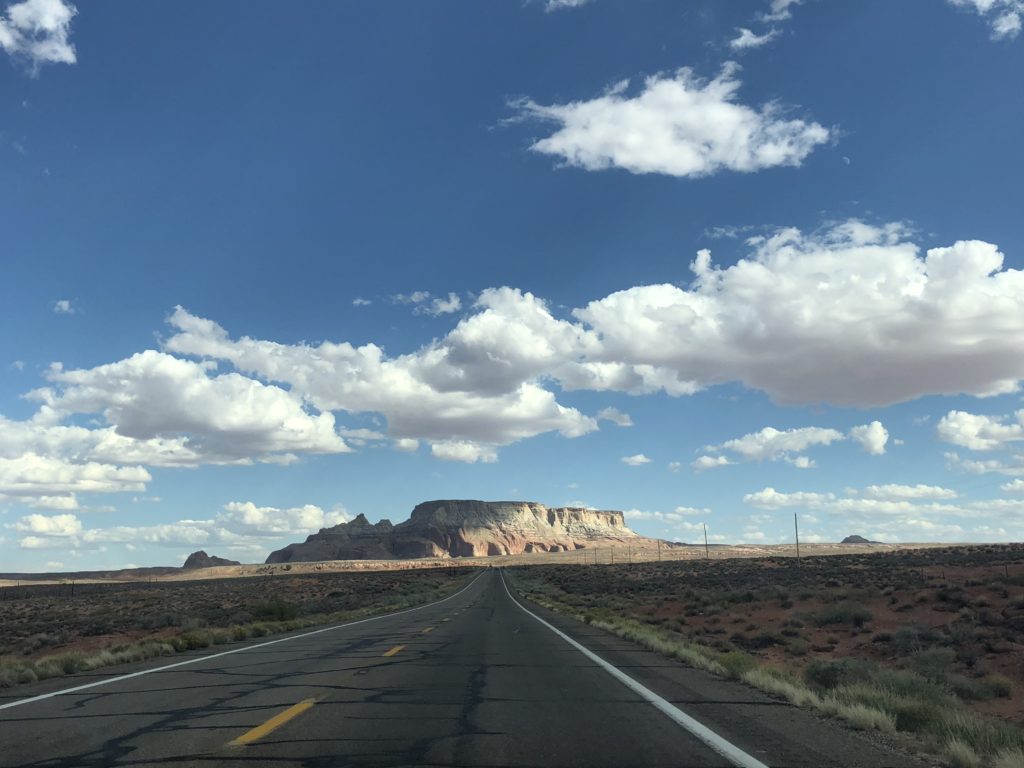
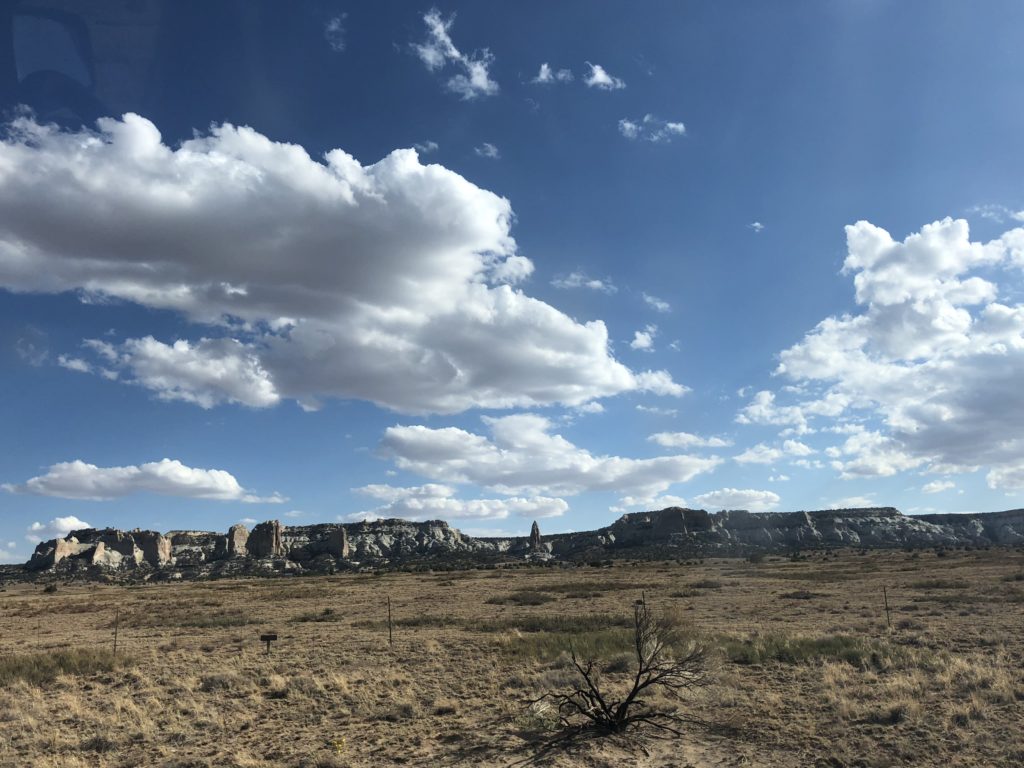
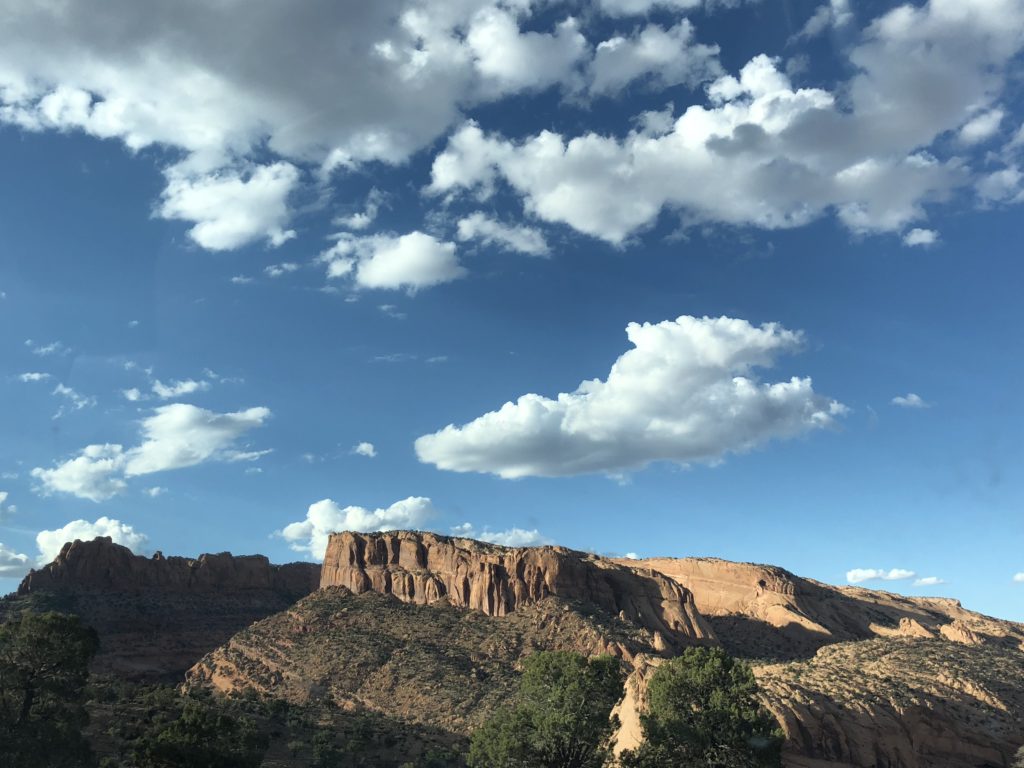
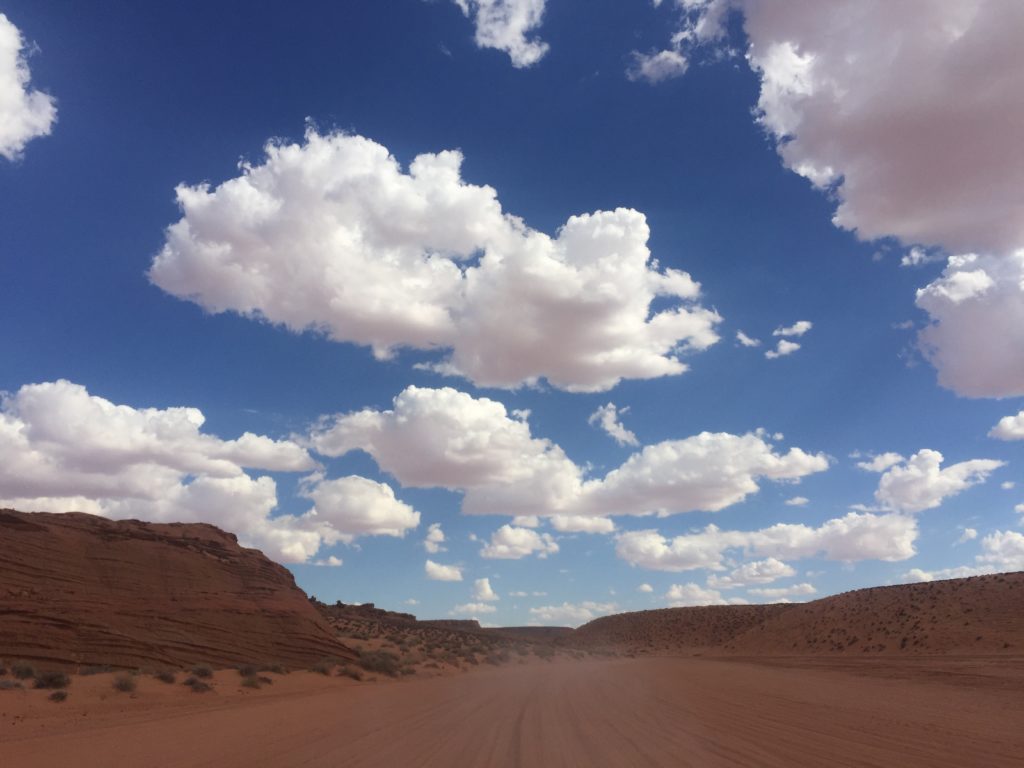
Archaeological evidence suggests that the Navajo moved to the area from northwestern Canada around 1,400 AD as hunters and gatherers, and picked up crop-farming from the native Pueblo people and livestock-raising from the Spanish. Then followed a long period of trading, raiding, and peace-making.
Mexico won independence from Spain in the 1820s, Texas won independence from Mexico in the 1830s, and the US took over Texas and all of its present-day southwestern states when it won the Mexican-American war in the 1840s. The Navajo suddenly had new “landlords”. Amazingly, Mexico lost more than half of its territory during its first twenty years as a country.
The relationship between the Navajo and the US was naturally a complex one. At its lowest point, in the early 1860s, the US government forced the Navajo to make a 500-kilometre journey eastward to an internment camp called Bosque Redondo. This became known as the “Long Walk” of the Navajo. Four years later, a treaty between the US the the Navajo allowed the tribe to return to their homeland. This treaty formed a reservation, one that expanded greatly over time, to become the huge Navajo Nation.
The Navajo Nation has its own government, based in the town of Window Rock. Like any other reservation, the US federal (not state) government is the highest authority in the area, but it leaves the local governing to locally elected officials.
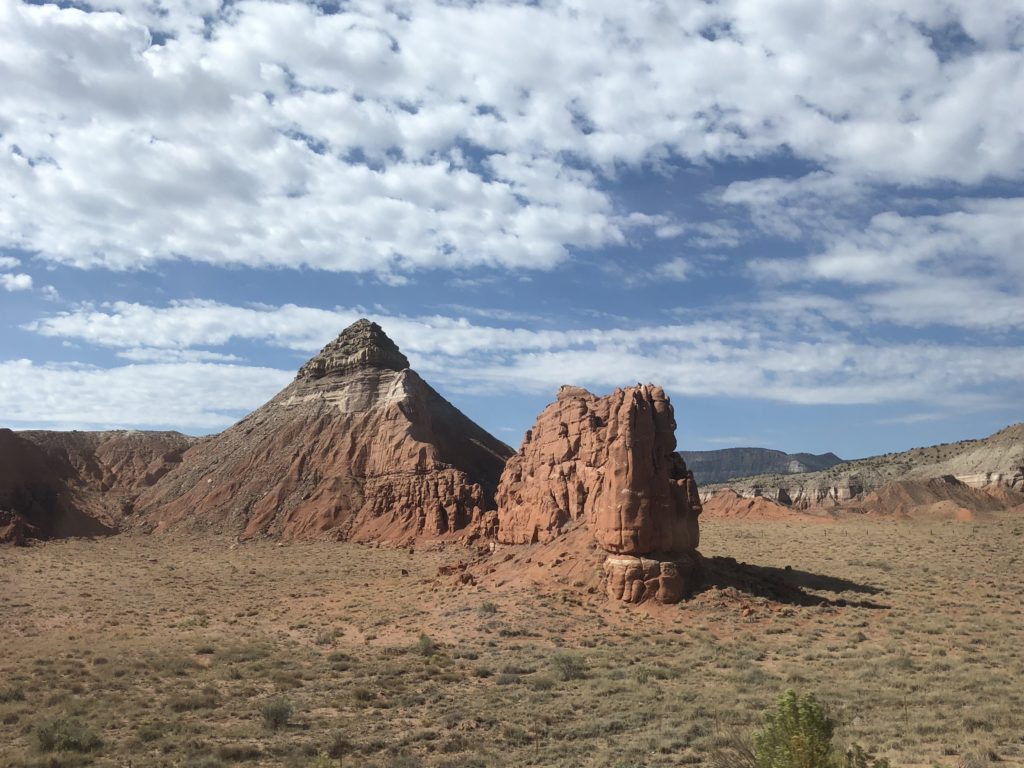
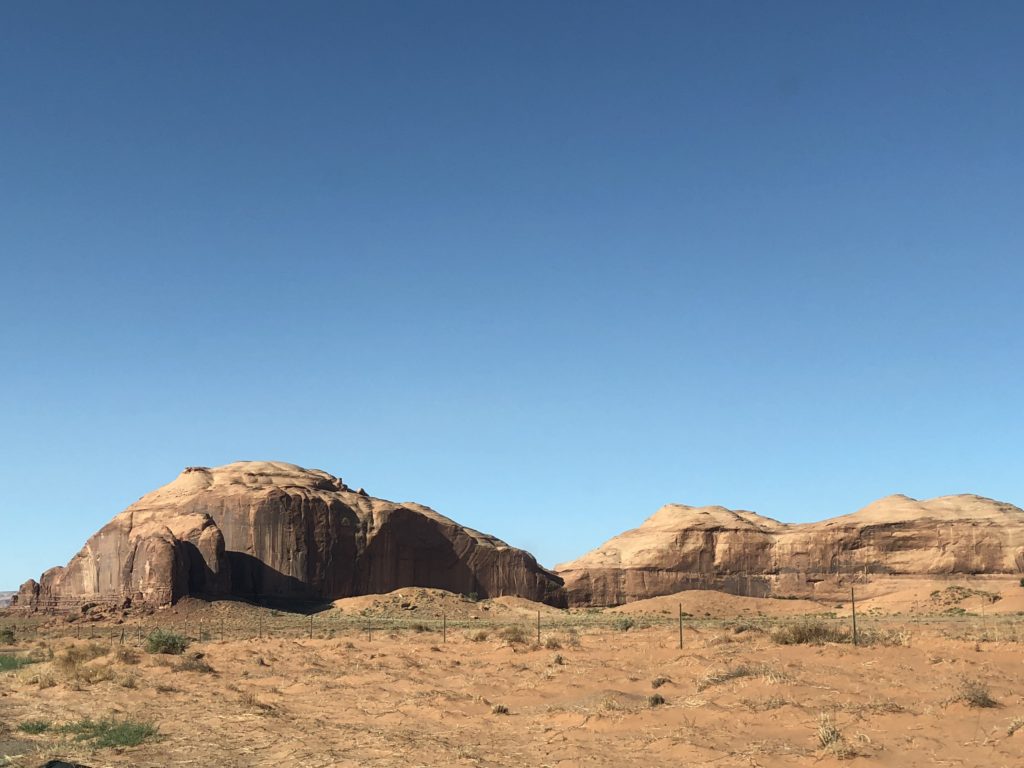
The Navajo Nation stretches across the states of Arizona and New Mexico, and also into Utah and Colorado. Just a few miles into Utah, north of the border with Arizona, is the iconic Monument Valley. The draw-card is the dramatic scenery – large sandstone buttes pop out of the ground as if they’ve been dropped in place in a giant game of Tetris. Some of these buttes reach 300 metres in height and contain iron oxide, giving them a reddish hue.
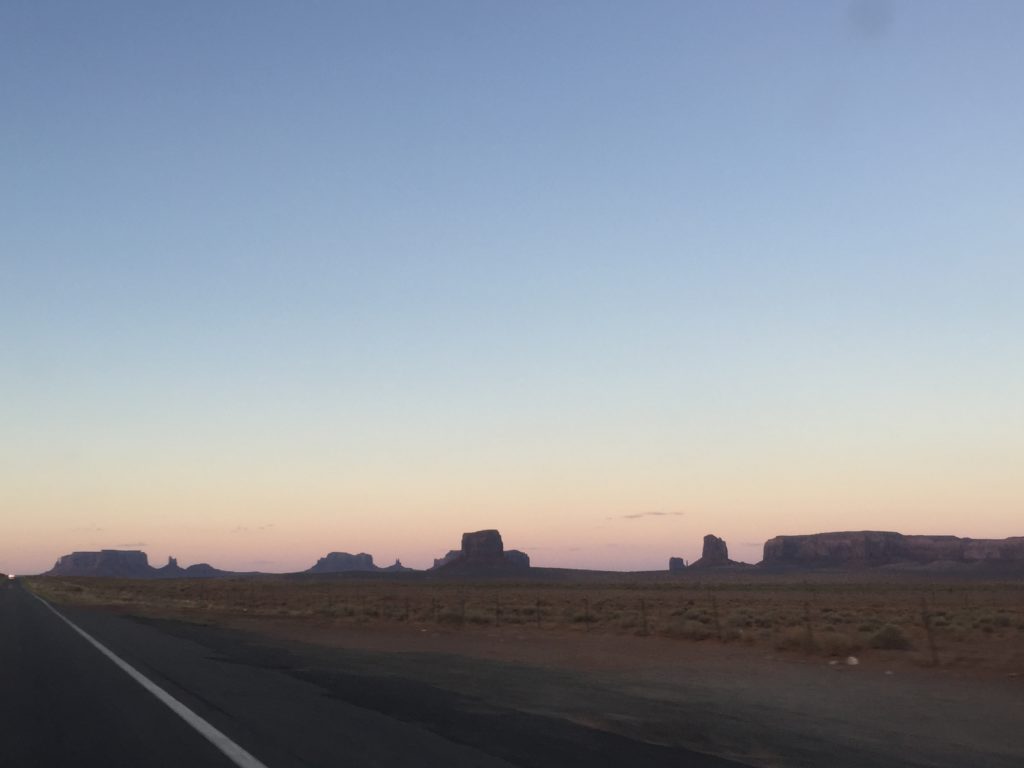
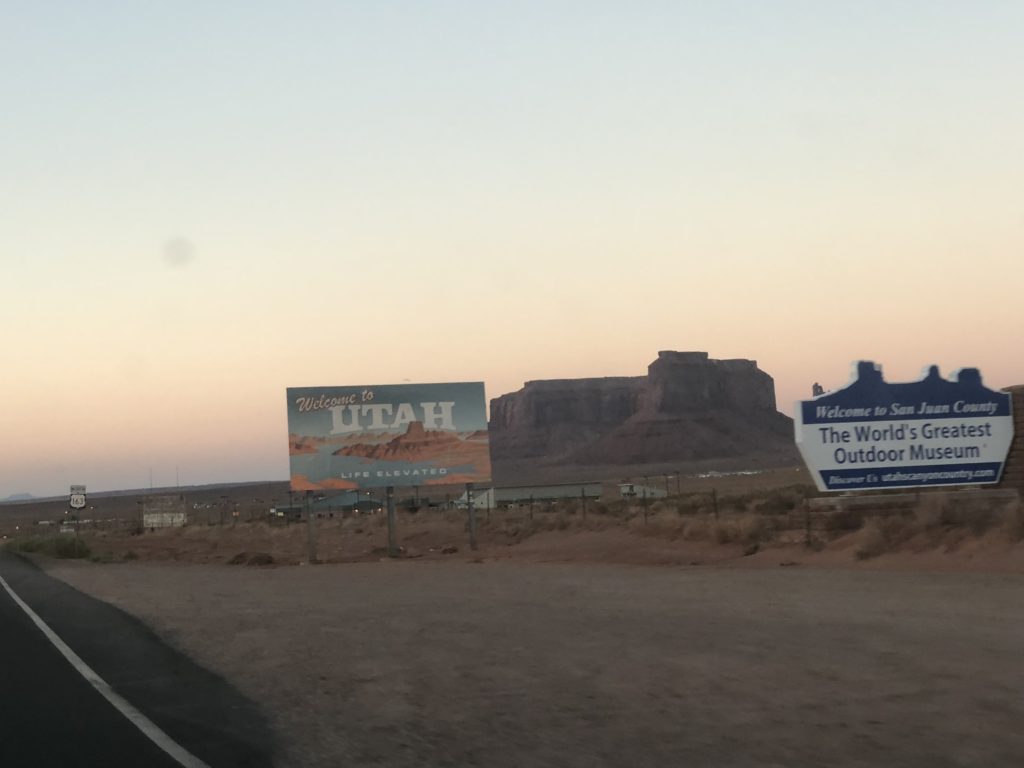
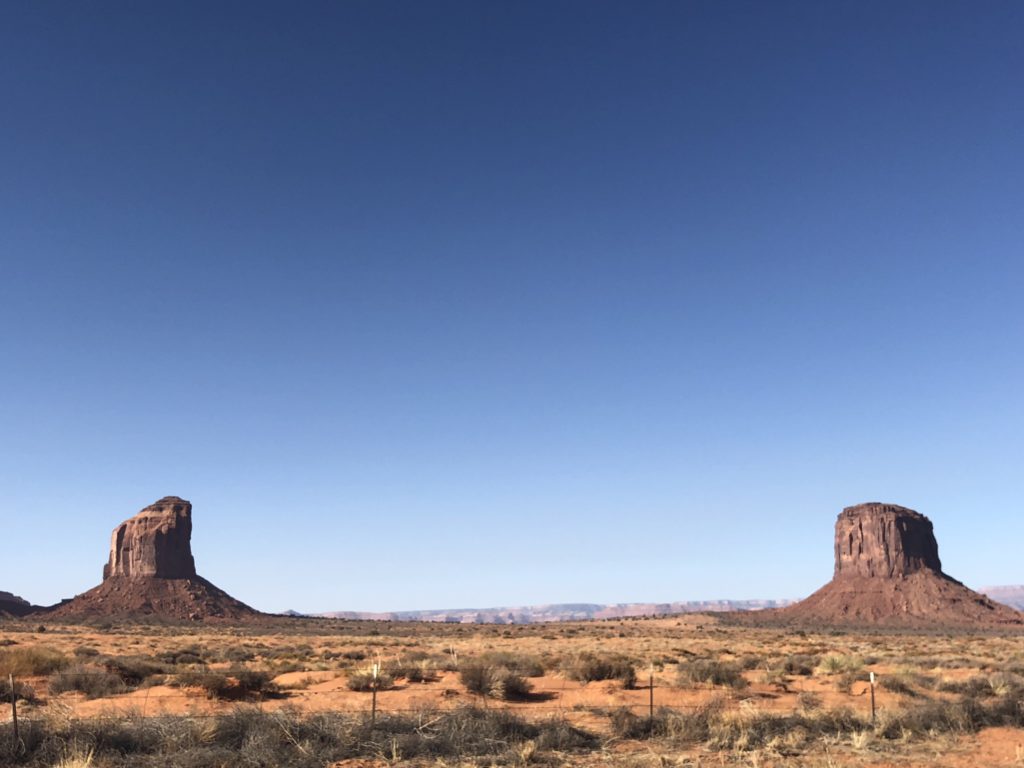
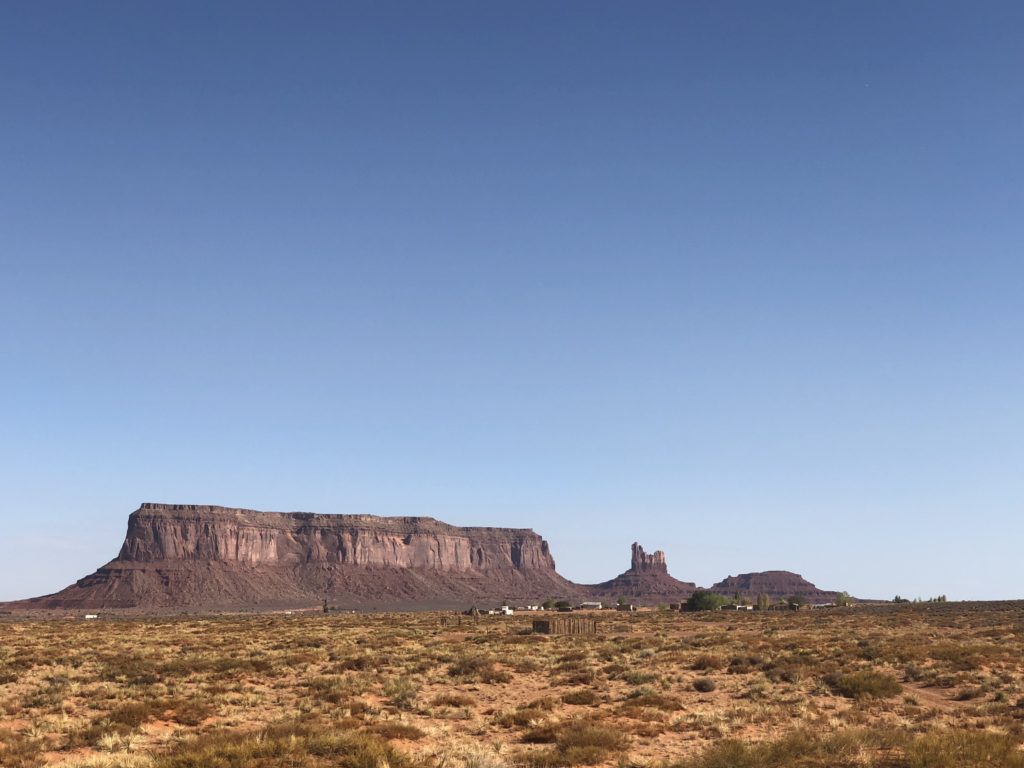
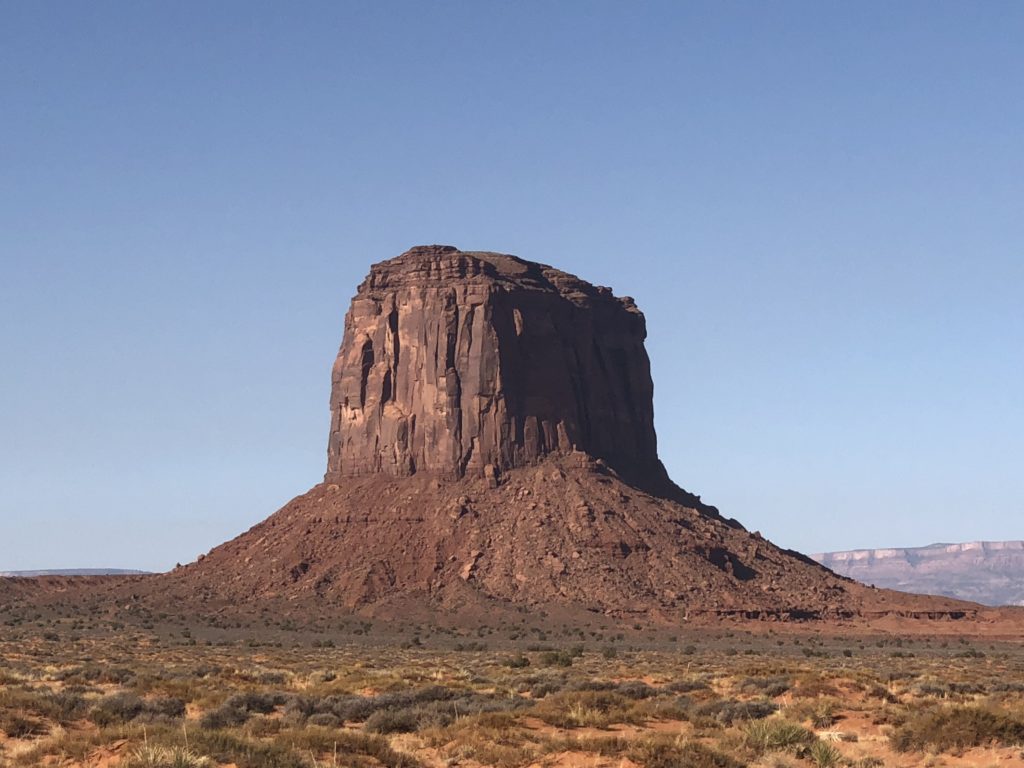
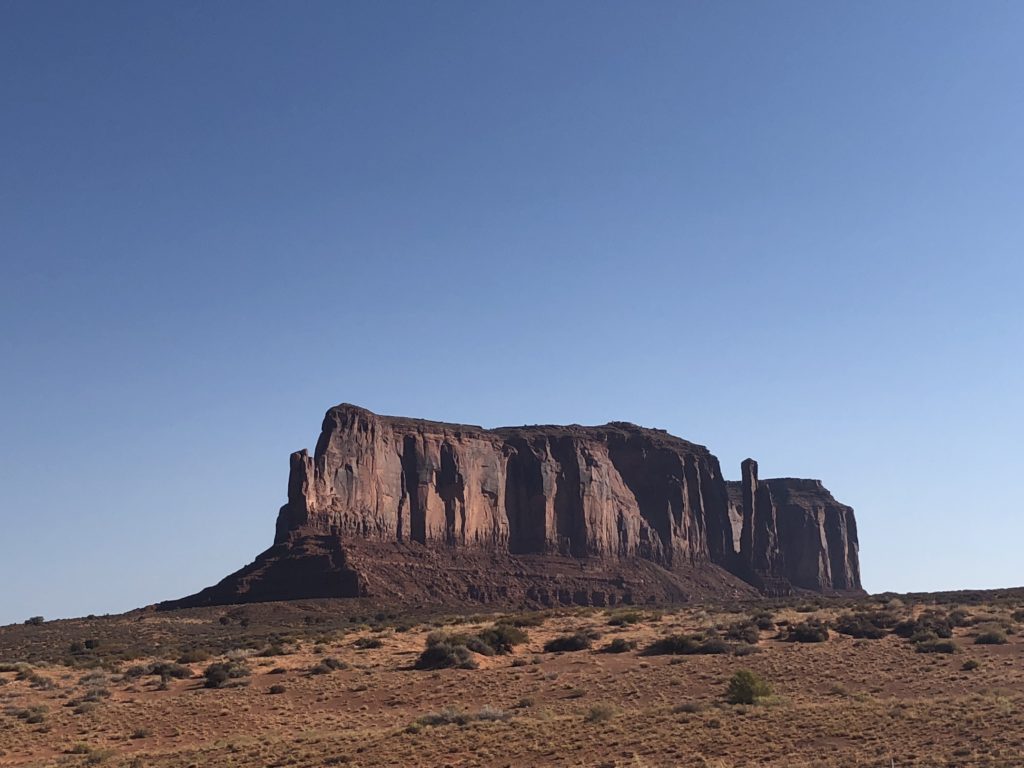
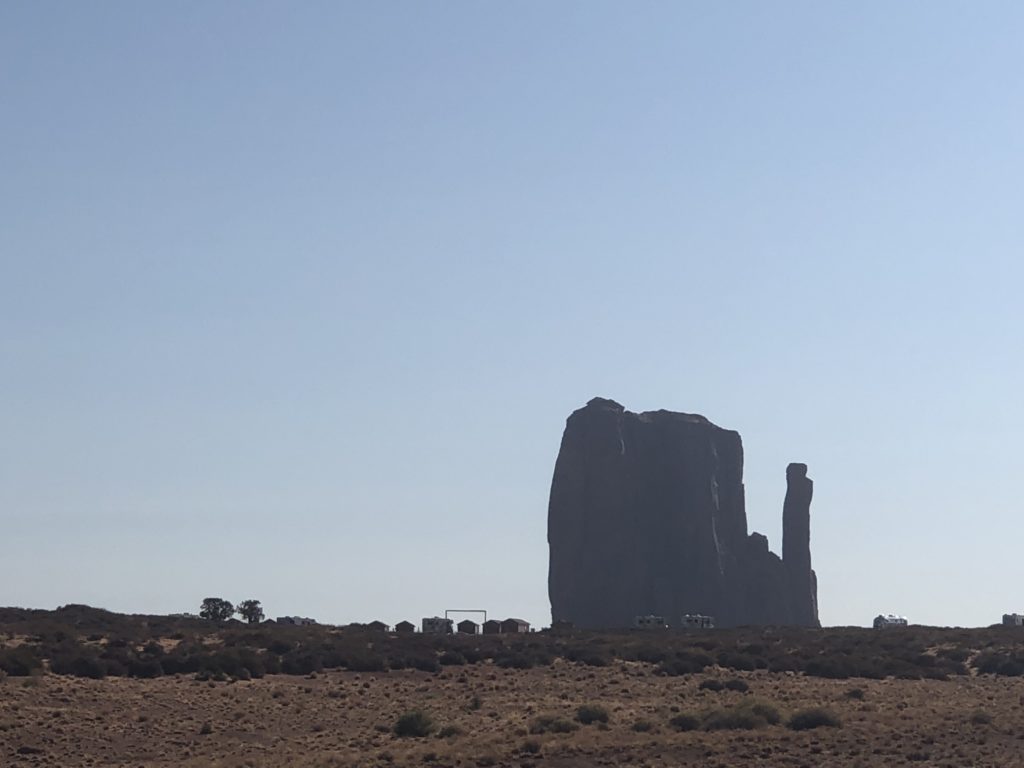
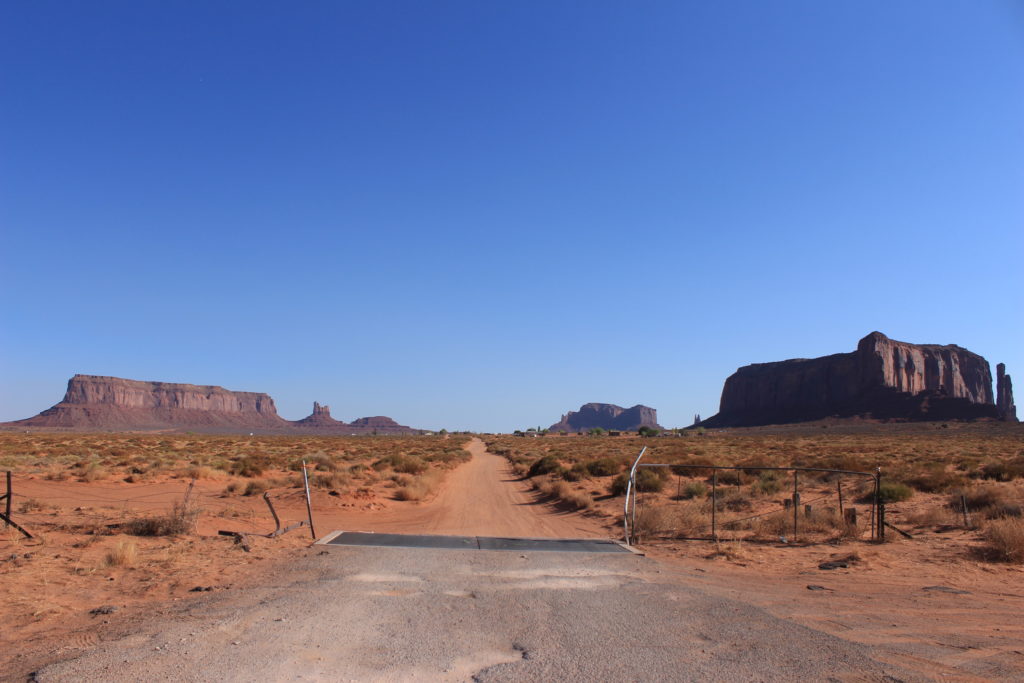
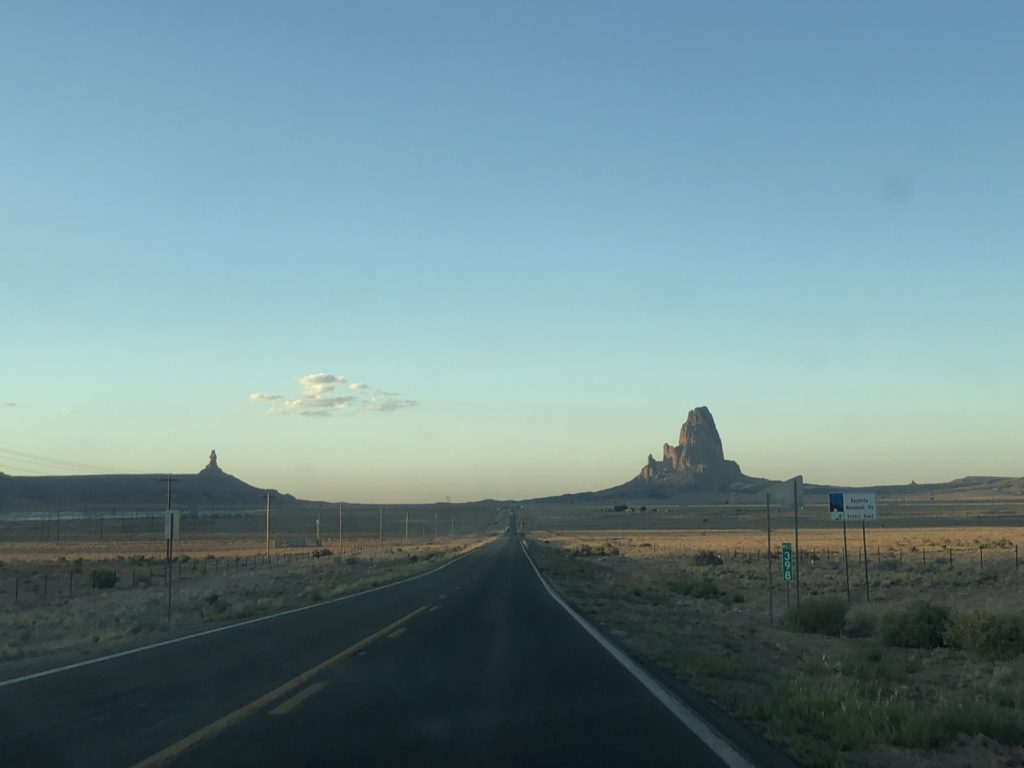
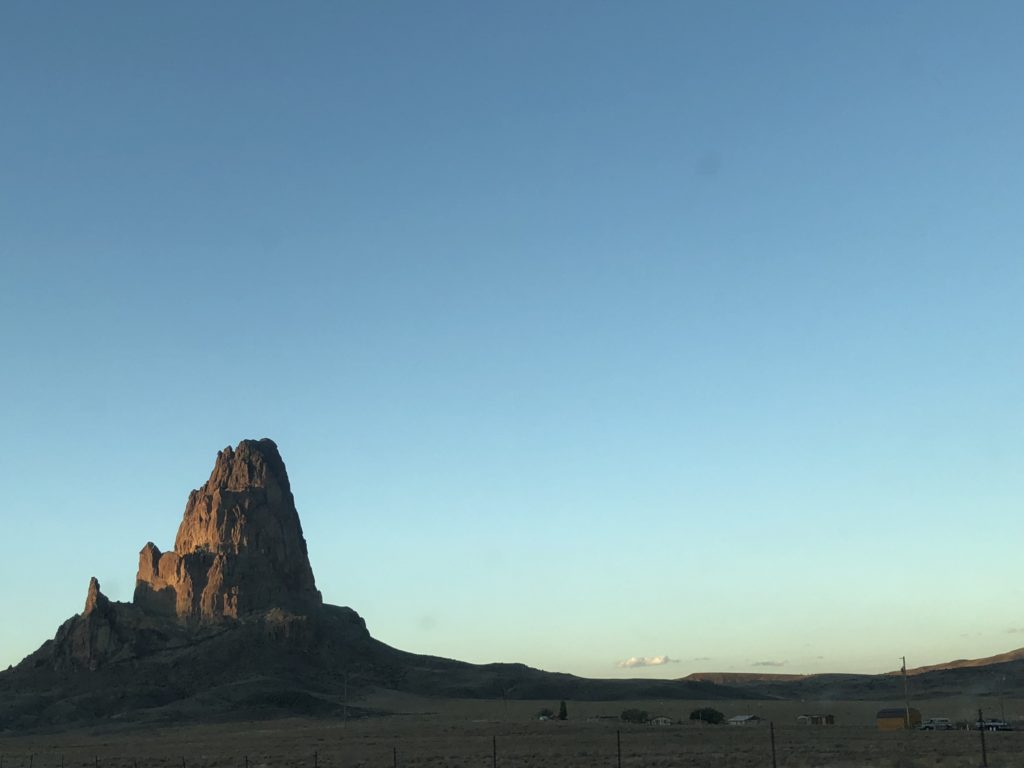
Since the 1930s, Monument Valley has been widely used in films and other media. Many people associate the idea of the “American West” with what they see at Monument Valley, and no spaghetti western would be complete without a pan across this landscape.
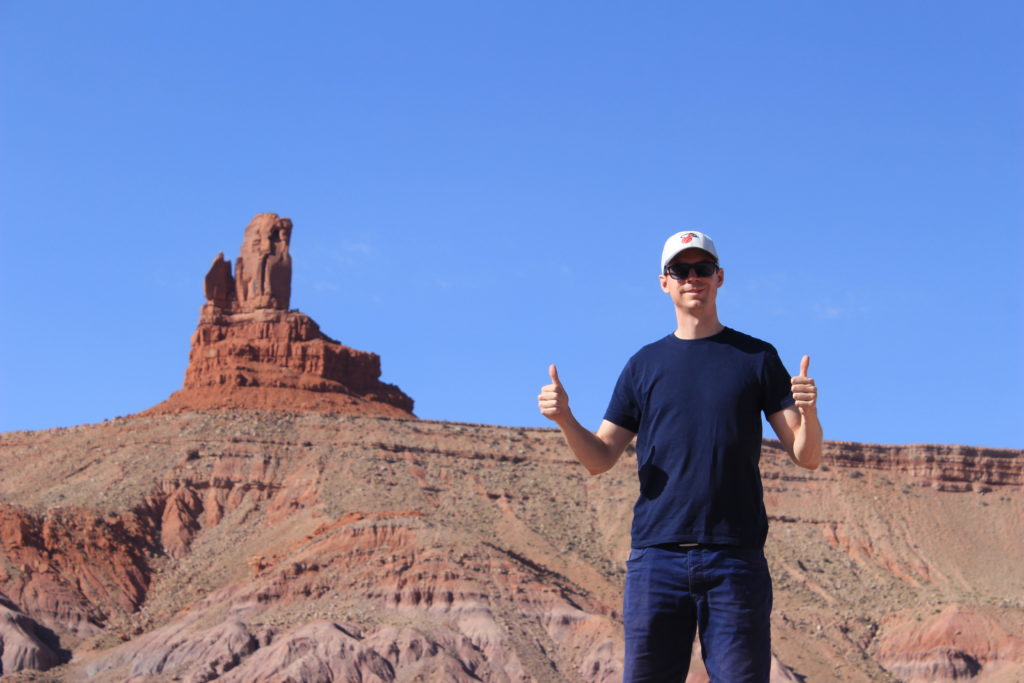
On route to Monument Valley, as much as we tried, we couldn’t find any reasonable accommodation. Our usual trick of searching Airbnb a day or two in advance hadn’t worked. Nor did we have much success popping into the odd hotel or motel along the way. Finally, with a bit of luck, we stumbled upon Goulding’s Monument Valley Trading Post and Lodge. It’s a sprawling complex and houses a campground within a small natural basin surrounded by tall red rock walls. It turned out to be one of our favourite campgrounds on the whole trip – the star gazing was top class.

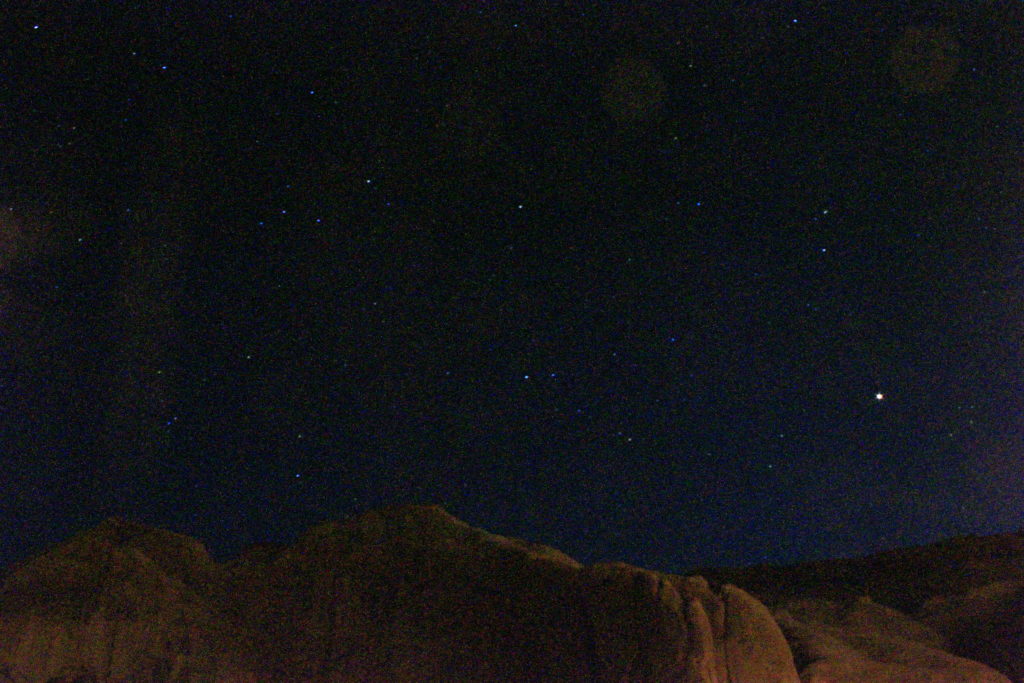
Leaving Monument Valley behind, we headed southeast to another impressive sight in the Navajo Nation, the Canyon de Chelly (said: “de shay”) National Monument. A handful of rivers, each having carved out steep canyons into red sandstone, meet at a point to form the Chinle Wash. For nearly 5,000 years, these various canyons have been used by native peoples for farming (fertile soil), shelter, defense, storage, and ceremonies. The best way to admire the canyons is by taking one of two scenic drives and stopping off at various points along the way. We opted for the southern route along Canyon de Chelly.
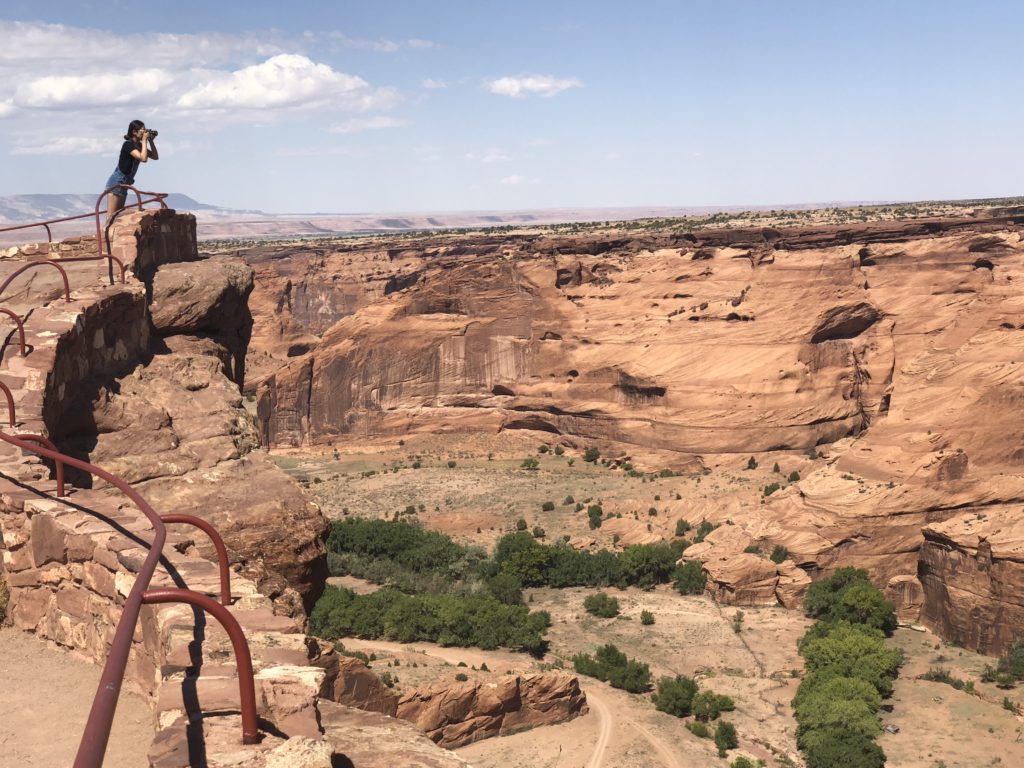
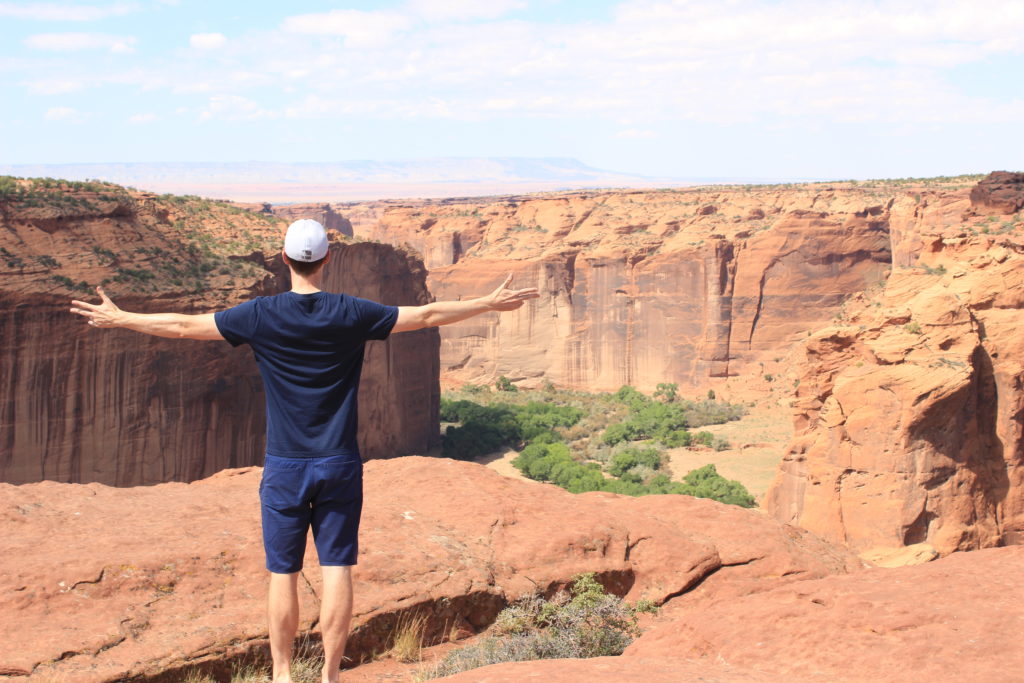
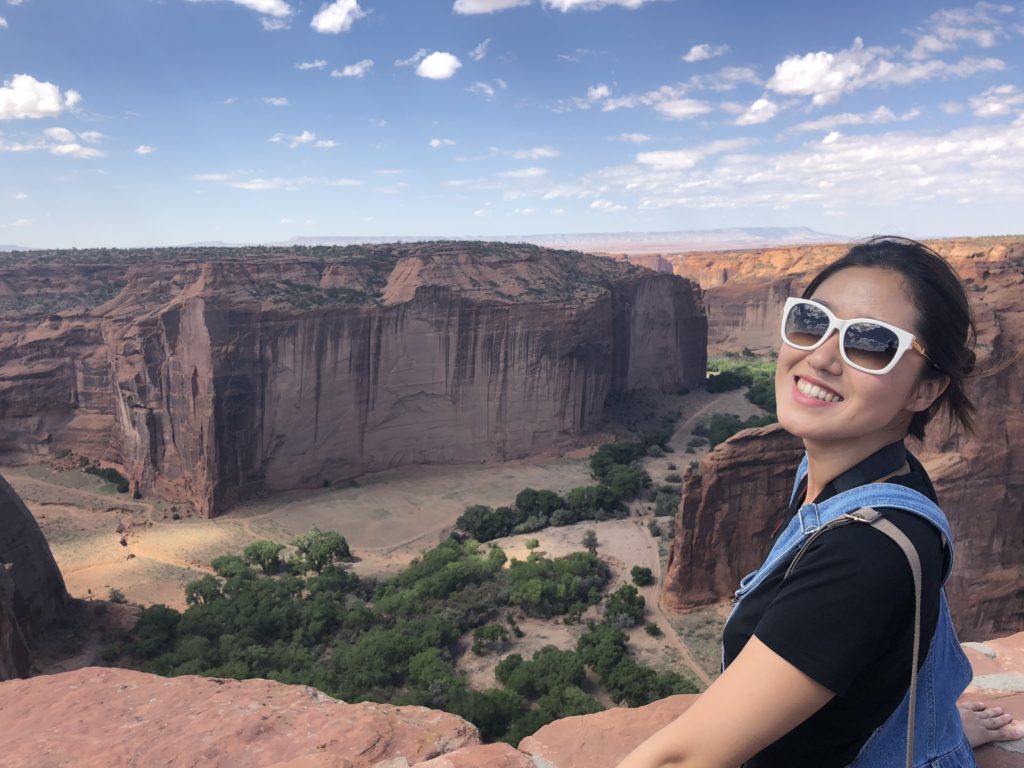
A unique feature of these canyons are the remains of very old structures built into the rock ledges Some are estimated to be around 1,000 years old, originally built by the Pueblo people. In the picture below you can see some of these ruins – you can use the trees below to judge the size.

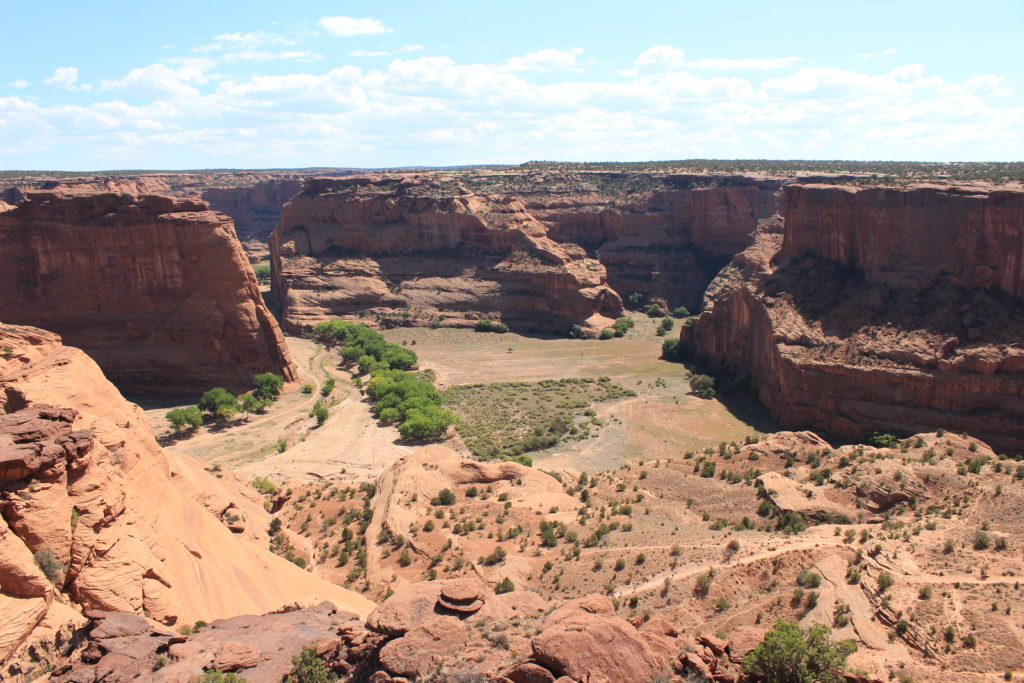
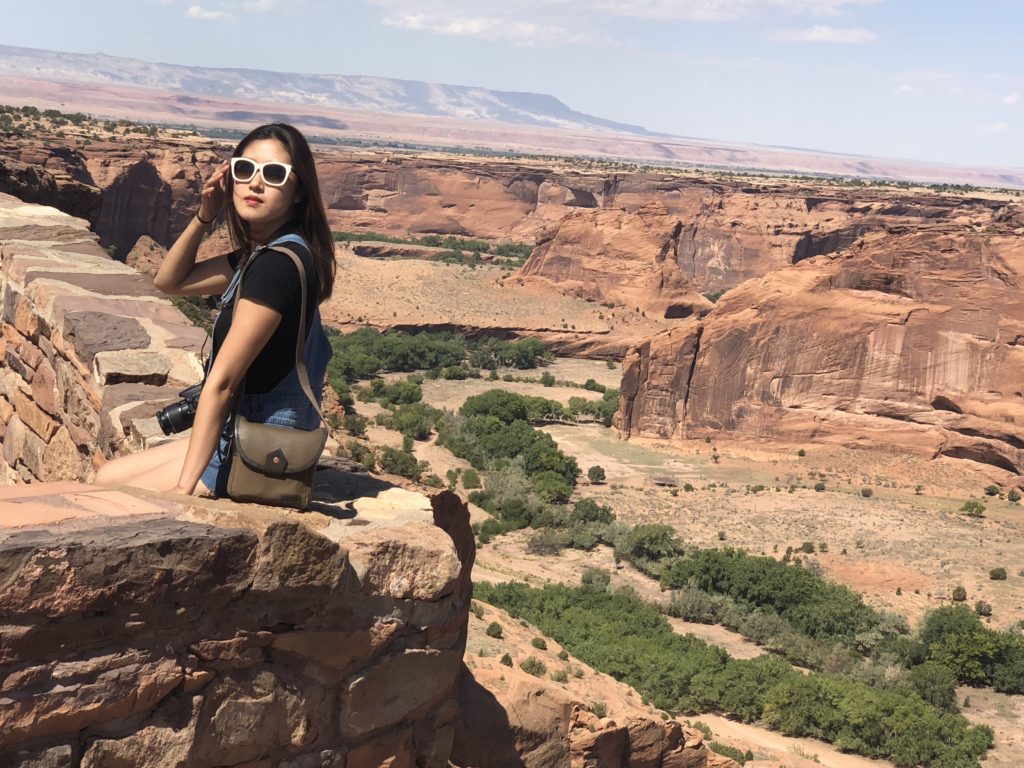
Next up, Albuquerque, New Mexico.

